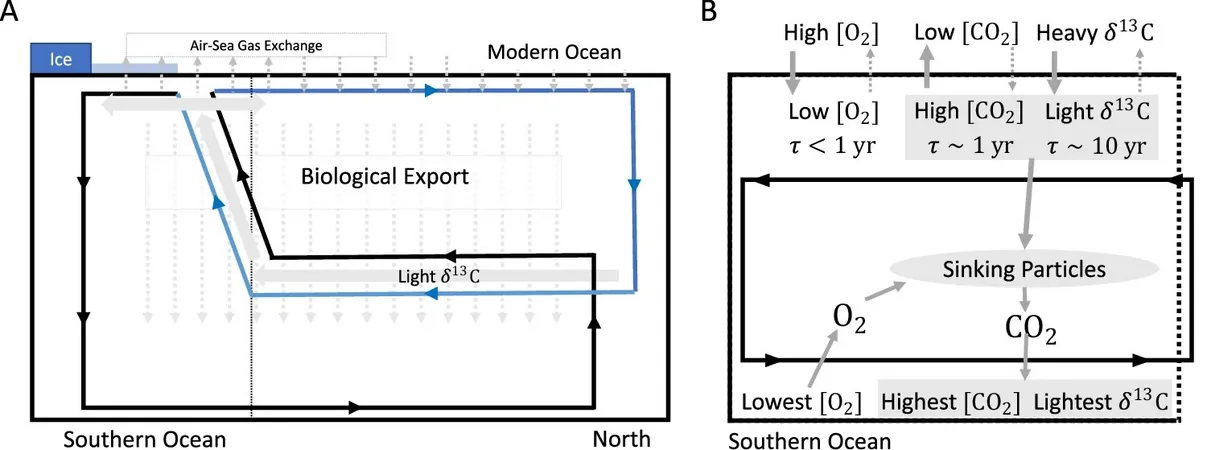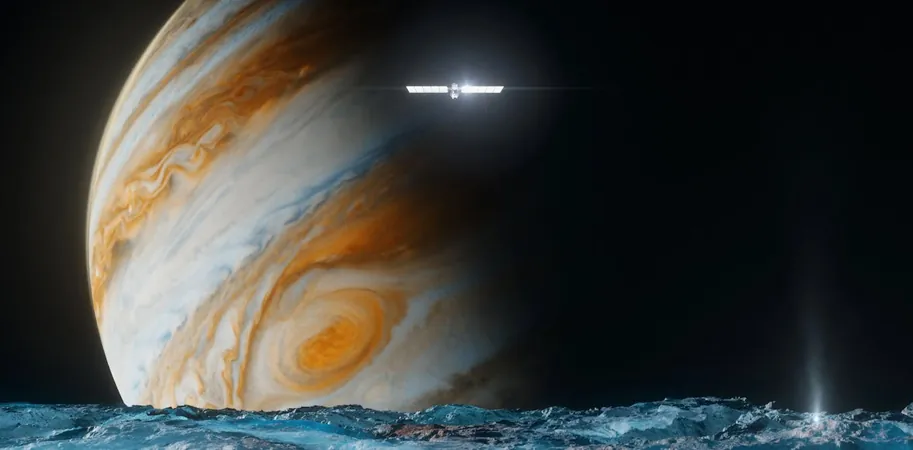
Unraveling CO₂ Mysteries: What Glacial and Interglacial Climates Reveal About Our Future
2024-10-04
Introduction
In an era where climate change looms large, paleoclimate scientists are making groundbreaking strides in understanding the intricate dance of carbon dioxide (CO₂) levels between glacial and interglacial periods. With approximately 90 parts per million (ppmv) fluctuations observed, the quest to unlock the mysteries behind these shifts could hold the key to our present-day climate challenges.
Research Leadership
Leading the charge in this exploration is Anne Willem Omta, a visiting assistant professor at the College of Arts and Sciences' Department of Earth, Environmental, and Planetary Sciences. Omta's recent study, published in Nature Communications, highlights a critical focus: the ocean's role in carbon storage, especially how vital marine organisms like plankton trap carbon.
Findings on Carbon Isotopes
Through a meticulous investigation of carbon isotopes, the research team concluded that the oceans could account for a substantial 75 ppmv change in atmospheric CO₂ levels, though they acknowledge a margin of error of about 40 ppmv. This finding sheds light on the ocean's pivotal role in the global carbon cycle, yet it raises further questions.
Oceanic Regions and Carbon Levels
When examining various oceanic regions, the researchers discovered that levels of regenerated carbon—those that were once absorbed and later released—were remarkably consistent during two key periods: the Last Glacial Maximum (the peak of the last ice age) and the Holocene, the warm period we currently inhabit. This surprising stability suggests that the shifts in atmospheric CO₂ are likely not merely the result of carbon storage in the oceans, but could also stem from the dynamic interactions between the ocean and atmosphere.
Implications of Disequilibrium
The scientists propose that this disequilibrium—where the exchange of carbon between the ocean and atmosphere is disrupted—could have been spurred by significant factors such as the expansion of sea ice or alterations in ocean circulation patterns. These findings underscore the complex feedback loops that govern our climate and urge us to reconsider our understanding of ancient climatic influences on present conditions.
Conclusion
Ultimately, delving into the climate archives of the past not only enhances our comprehension of Earth's history but also equips us with the necessary insights to make informed predictions about the future. As we grapple with the realities of climate change, understanding these ancient processes becomes not just an academic pursuit, but a critical necessity for navigating the path ahead. Stay tuned as scientists continue to peel back the layers of Earth's climatic history—each revelation offering a glimmer of hope for sustainable solutions to our modern environmental crises!




 Brasil (PT)
Brasil (PT)
 Canada (EN)
Canada (EN)
 Chile (ES)
Chile (ES)
 España (ES)
España (ES)
 France (FR)
France (FR)
 Hong Kong (EN)
Hong Kong (EN)
 Italia (IT)
Italia (IT)
 日本 (JA)
日本 (JA)
 Magyarország (HU)
Magyarország (HU)
 Norge (NO)
Norge (NO)
 Polska (PL)
Polska (PL)
 Schweiz (DE)
Schweiz (DE)
 Singapore (EN)
Singapore (EN)
 Sverige (SV)
Sverige (SV)
 Suomi (FI)
Suomi (FI)
 Türkiye (TR)
Türkiye (TR)